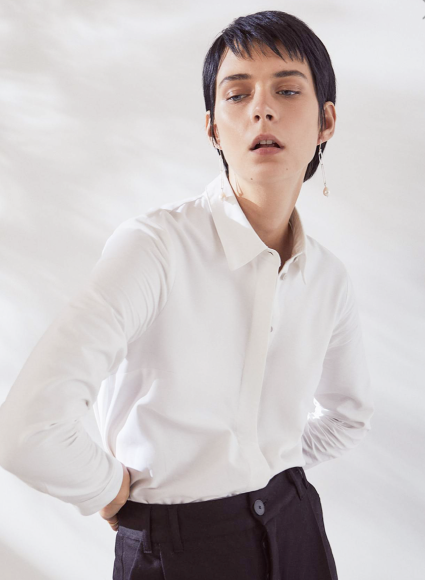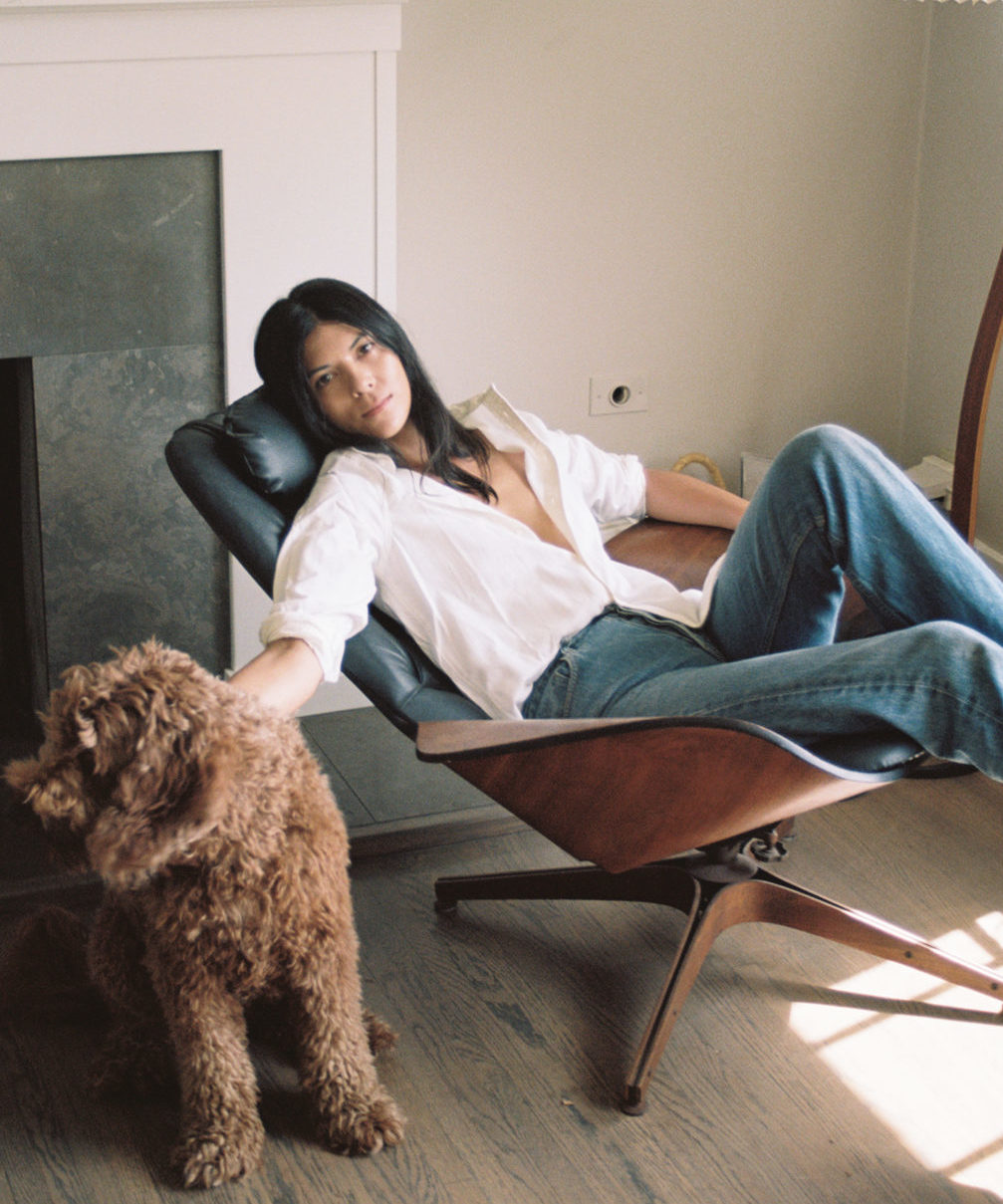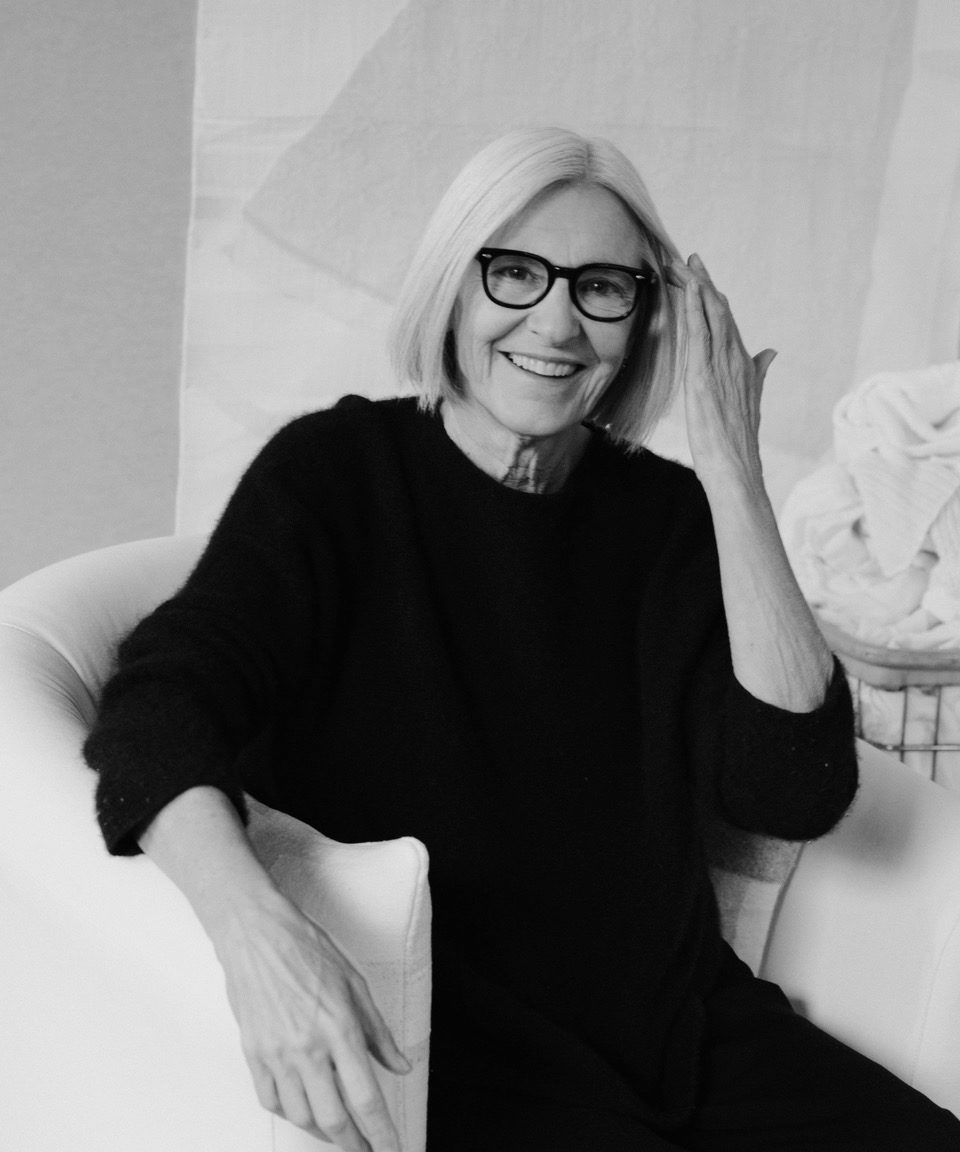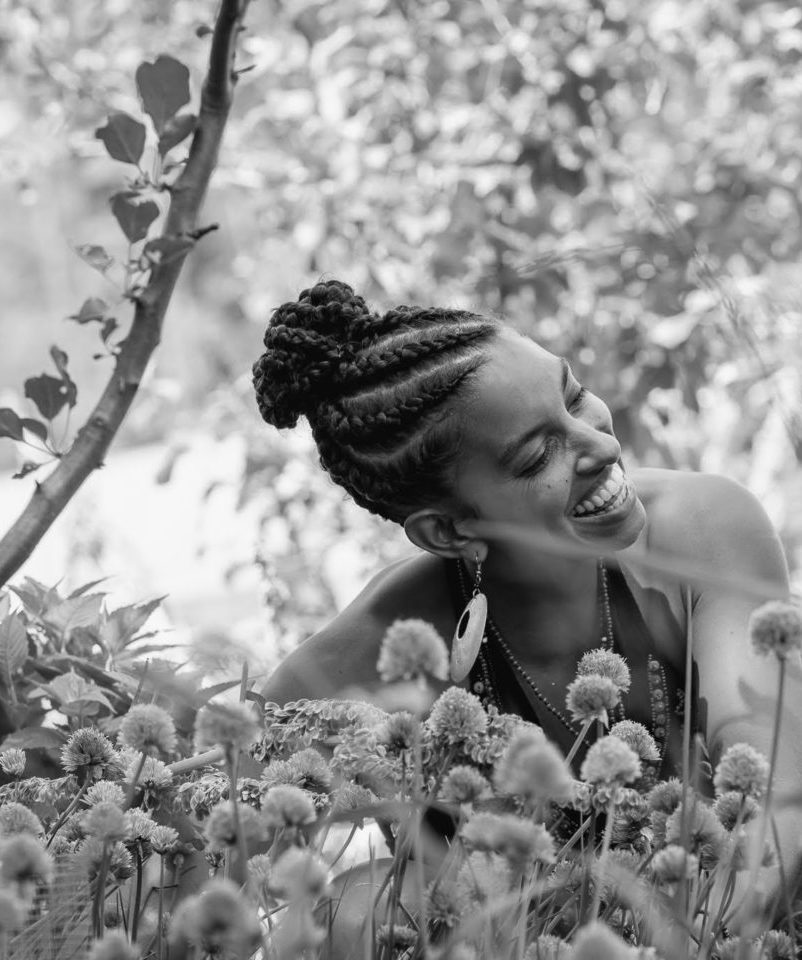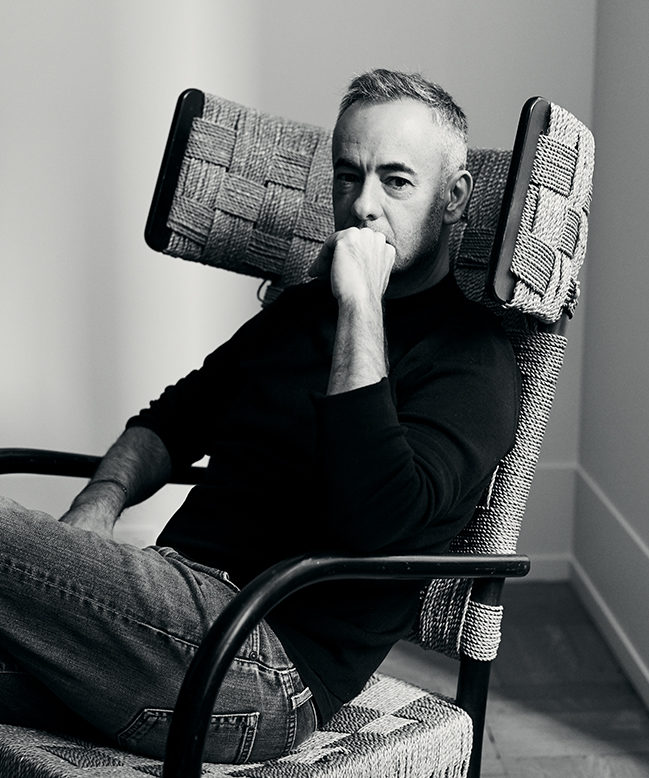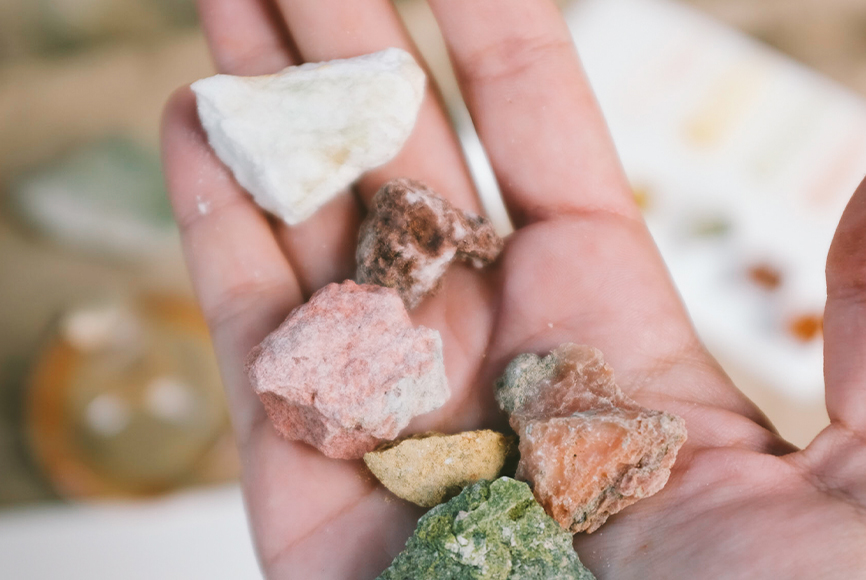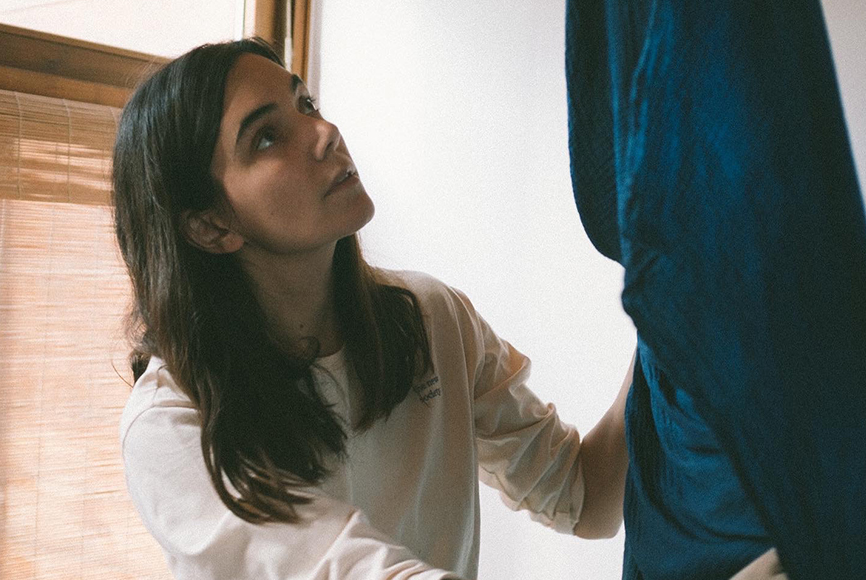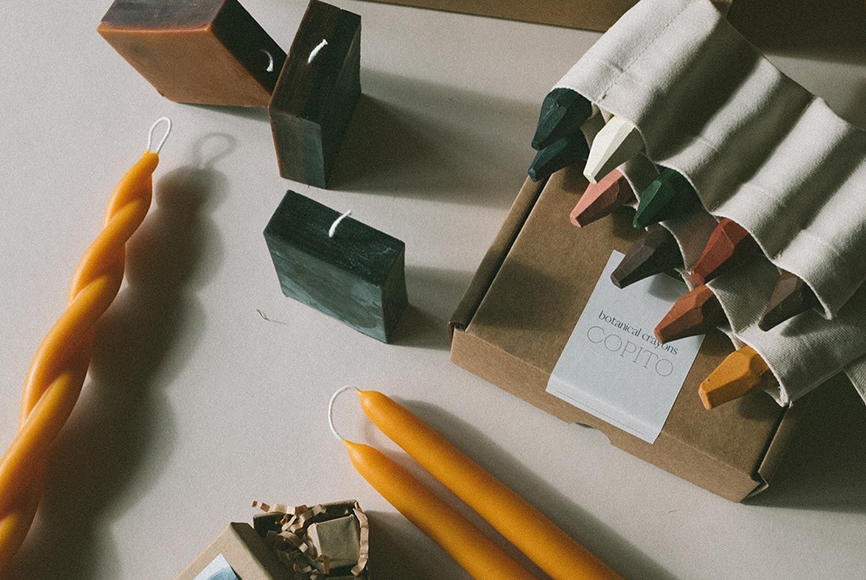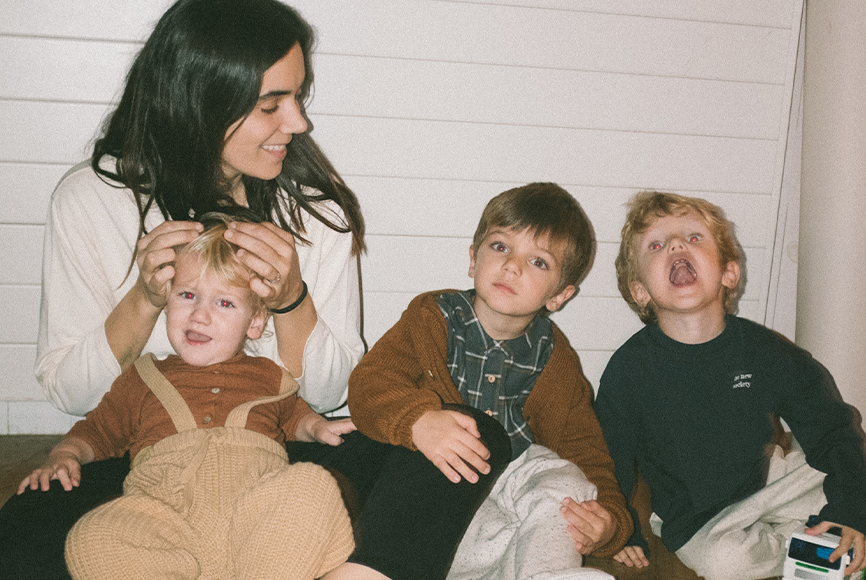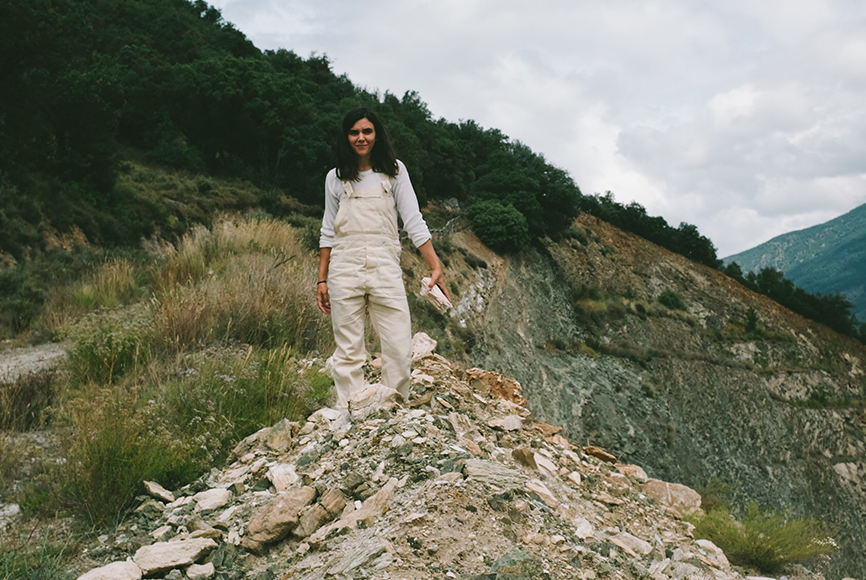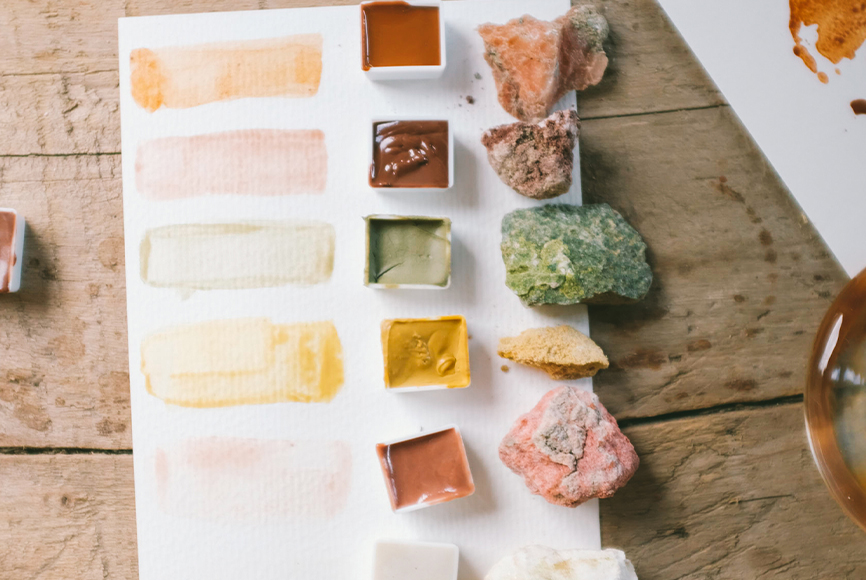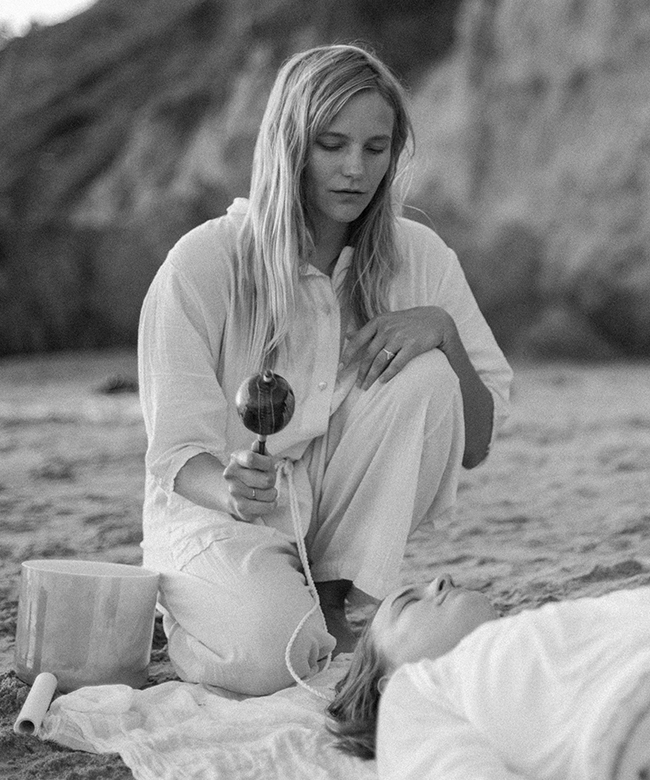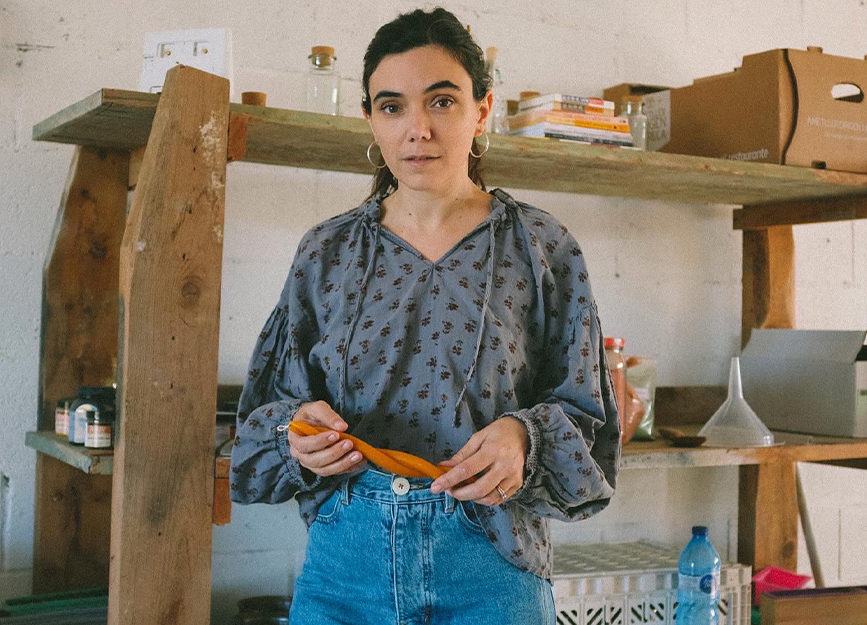

@clarainfante photographed by @Lucila Godoy
@clarainfante photographed by @Lucila Godoy
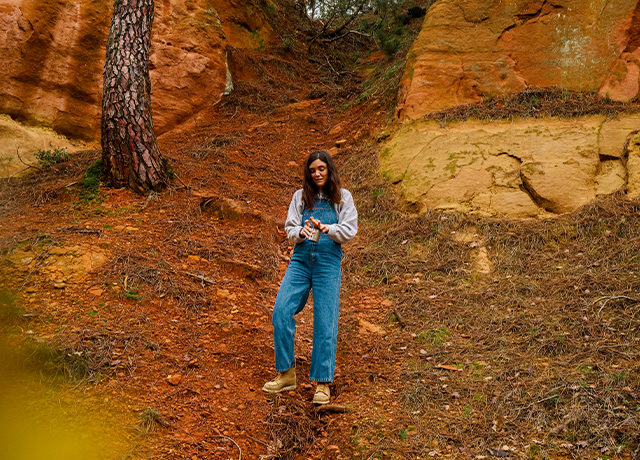

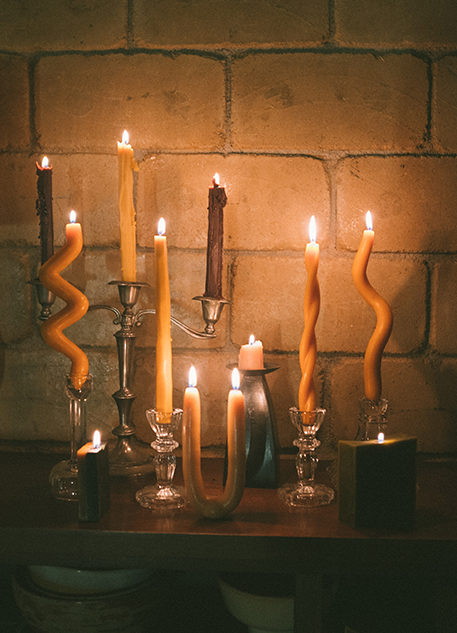

Photographed by @Lucila Godoy
Lifestyle
Slow Living Resolutions with Clara Infante of Copito Natural Art Supplies
In this editorial we talk to Clara Infante, founder of Copito, a product of Clara’s explorations with plant and earth pigments, often manifested through her sculptural wax creations. And how her work and products can promote this idea of Slow Living. Clara shares the origins of her connection to art and how she came to found Copito. We also get to hear her insights on sustainability and her experiences working with natural materials and how she sources and creates her earth and plant pigments. A perfect subject to explore for those interested in the idea of slow living.
“Most of the things we achieve using synthetic materials can be achieved using natural ones.”
Clara Infante
Can you first of all tell us a bit about your personal connection to art – how did your creative spirit evolve?
My connection to art was born from boredom and a desperation to reinvent myself. I gave up a career as a marketing executive in the music industry when my children were born, I was to raise them and support my artist/musician husband at home, with our family, while he toured and earned money for us. I was two years into motherhood, living in a new country where finding a job felt daunting and with the privilege of not having to worry about providing for my family financially… and I was going out of my mind. We live in the countryside a bit isolated from society so Instagram became my window to the world, there I discovered the world of natural dyes through Kathryn Davey and Rebecca Desnos. My exploration began there and was fueled by my lack of personal space and time. I was desperate to break free from the shackles of stay-at-home motherhood and to do so on my terms.
What have you always been most drawn to with your work?
I’m a busy body and I get bored very easily, both of these qualities are perfect for the natural dyer. There’s always something to scour or mordant, flowers to dry, an indigo vat to revive and it is a world of endless exploration. I can apply my knowledge of natural pigments to so many mediums, I can create a new product and off I go making 100 and putting them up on my shop the same day if I like. Being a small business owner, I get to wear all of the hats! So it’s a lot of work and there’s never a dull moment.
Where was the idea for Copito born from?
Copito originally was an account I created to resell my children’s clothes on Instagram, a preloved account which evolved into a full blown preloved and vintage children’s and women’s clothing shop. Eventually I started dyeing fabric and selling scarves through my store and then crayons and candles made from earth pigments. I made a full transition to only selling my own products last June when I realized that I needed to make a decision about it. My own creations were out-performing my vintage curation and so I chose to follow this path. The one thing which has remained a constant throughout has been that I insert my values quite vehemently into everything I do, if it’s bad for the planet, I’ll have nothing to do with it.
Can you tell us a bit about some of the more toxic natures and chemicals found in traditional art supplies that you wanted to avoid?
This is a subject I could go on about forever so I’ll keep it simple! Most crayons are made from paraffin wax which comes from petroleum and even the most natural crayons out there are usually made using synthetic pigments which are usually made from coal tars and other petrochemicals. Not only are these materials and how we process them bad for the environment but paraffins are suspected to give off toxic chemicals like toluene and benzene which are known to cause cancer.
I recently found on Crayola’s website that they produce about 3 billion crayons per year, which by my calculations would require somewhere around 15,000 tons of paraffin wax and synthetic pigments to make.
“I recently found on Crayola’s website that they produce about 3 billion crayons per year, which by my calculations would require somewhere around 15,000 tons of paraffin wax and synthetic pigments to make.”
Clara Infante
Clara Infante
What are the sources of the earth pigments and materials in the Copito colours? How are they inspired by your lifestyle?
As my business has grown, I’ve had to make some decisions and concessions about how and where to source my materials. Originally, I used pigments which I extracted and processed myself from food scraps and flowers, I used only beeswax from a neighbor’s beehives and I was recycling old tote bags to sew my cases and doing so myself. Over time, my neighbor’s bees weren’t producing enough wax to meet the growing demand for my crayons, I had to find a seamstress to make my cases, etc. Currently, I source my wax from a local distributor who purchases from Spanish producers. I buy plant pigments from a dye house which is also based in Spain and drive to France to collect earth pigments from a producer there. My goal is to keep it ethical and continue to be transparent about my practices while making decisions which allow me to grow and earn a living for my family.
You also do a lot of vegetable dyeing – can you tell us how you discover the beauty of this?
I mentioned before that through Instagram, I discovered the world of natural dyes. It was also through this platform that I met my favorite natural dyers and have participated in many workshops over the years. Although my current full-time job is my crayon and candle business, I am still actively learning, opting into year-long courses and expanding my knowledge.
What is something you have learned from working with so many plant based resources?
Most of the things we achieve using synthetic materials can be achieved using natural ones.
Can art play a role in sustainability in your opinion?
100%. I believe that art can act as an ambassador for sustainable practices and materials. When people discover my crayons, they are drawn in by the design and aesthetic and usually there is an element of surprise and delight when they realize the colors come from nature.
How do you think being a creative leads to a more conscious lifestyle and being able to hep inspire others?
I think creativity is about being grounded and in our bodies and thoughtful with everything that we do. Living a conscious lifestyle isn’t just about living plastic free or zero waste, it’s about being thoughtful, grounded and creative. I try to inspire people through my point of view, which I share relentlessly via my Instagram.
How do you get your children involved in what you do?
My children are little foragers, they collect flowers and earth for me. They test my products and use my watercolors to paint my packaging stickers. They run parcels up the stairs to the delivery people. My family is an extension of this project, we all participate and have built this together.
What does making time for creativity and connection look like for you?
Absolute chaos! I wish I could say it was serene and quiet and tidy but usually I have to forgo going to the studio because of lockdown or my children being sick, so I work from our guest bathroom where my burners are on and I’m melting wax day in and day out. It’s filled with interruptions to cook them a meal or change a diaper – I’m still very much in the trenches of early parenthood to three very young kids but I make it work and it makes me happy!
Finally, what does sustainability mean to you?
By definition, sustainability means the capacity to endure in a relatively ongoing way across various domains of life. When I ask myself, is this sustainable? I think about environmental impact first but I also think about the balance of my own life. What is possible and what is unmanageable, where do I draw my lines so that I can do what I’m doing for a relative amount of time.
Words from Clara Infante @clarainfante
Photography by @Lucila Godo












